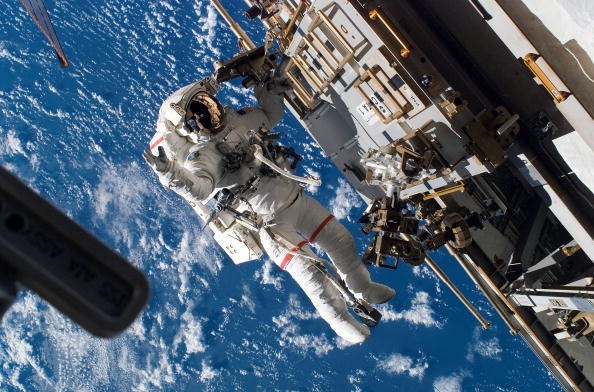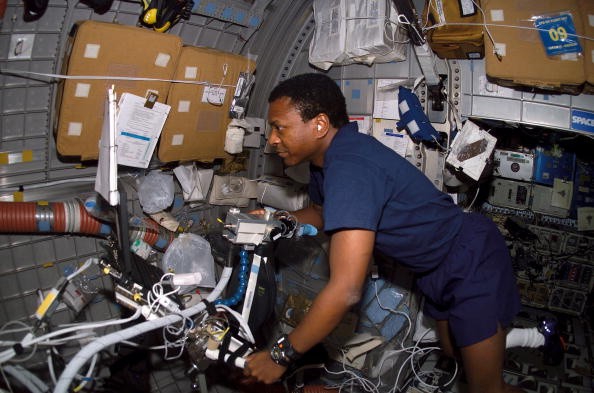New NASA studies are now being conducted after the recent SpaceX Dragon resupply mission was completed. The launch happened on Saturday, July 16.

This is the 25th contracted commercial resupply of Elon Musk's independent space agency for the National Aeronautics and Space Administration.
During the mission, the Dragon cargo spacecraft used its autonomous feature for docking to the forward-facing part of the International Space Station's Harmony module, as reported by SciTechDaily.
"A variety of new space science is underway aboard the International Space Station following Saturday's delivery aboard the SpaceX Dragon resupply ship," said NASA via its official NASA Gov blog post.
New NASA Studies Start After SpaceX Dragon Resupply Launch
As of press time, various experiments are already being conducted by NASA astronauts at ISS. These include the human immune system adaptation study, which is handled by the space union's Flight Engineer Bob Hines.

Also Read : NASA James Webb Suffers from Permanent Damage After Micrometeoroid Encounter‚ Still Functional?
He is using the so-called Life Science Glovebox within the Kibo laboratory module, allowing him to service tissue samples for the Immunosenescence investigation.
NASA explained that the results that Hines will acquire might be used to develop treatments for accelerated aging processes that astronauts experience while in space.
Aside from this, Kjell Lindgren, another NASA flight engineer, is also working on various experiments. Among these are the optical fiber production study, space-based water recycling enhancement, and the thermal spacesuit experiment.
Other NASA Experiments
While Hines and Lingren focused on the human immune system and water recycling studies, NASA astronauts Jessica Watkins and Samatha Cristoforetti (from the European Space Agency) decided to work on distance and motion perception in microgravity.
As of writing, both of these astronauts are studying how the absence of gravitational force alters motion and distance perception.
They are conducting their own experiment using virtual reality goggles and neck braces. While wearing these tools, they try to click a trackball in response to aural and visual stimuli.
Previously, the NASA 2022 International Space Apps Challenge announced that it is open for registration.
On the other hand, the latest NASA-Russia deal is expected to send Russian cosmonauts to the ISS using SpaceX's rockets.
For more news updates about NASA and its upcoming activities, always keep your tabs open here at TechTimes.
Related Article : NASA TESS Discovers Two New Huge Extrasolar Planets
This article is owned by TechTimes
Written by: Griffin Davis




